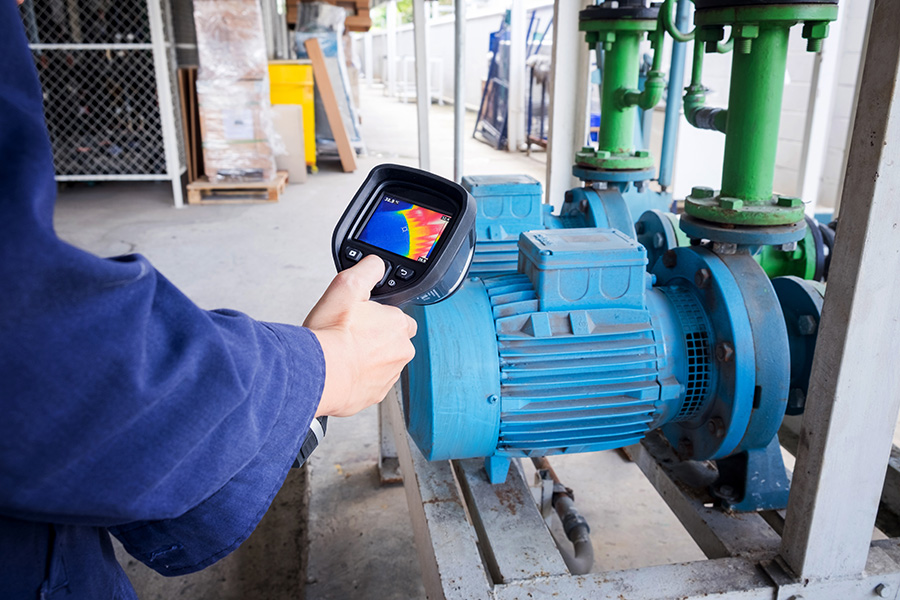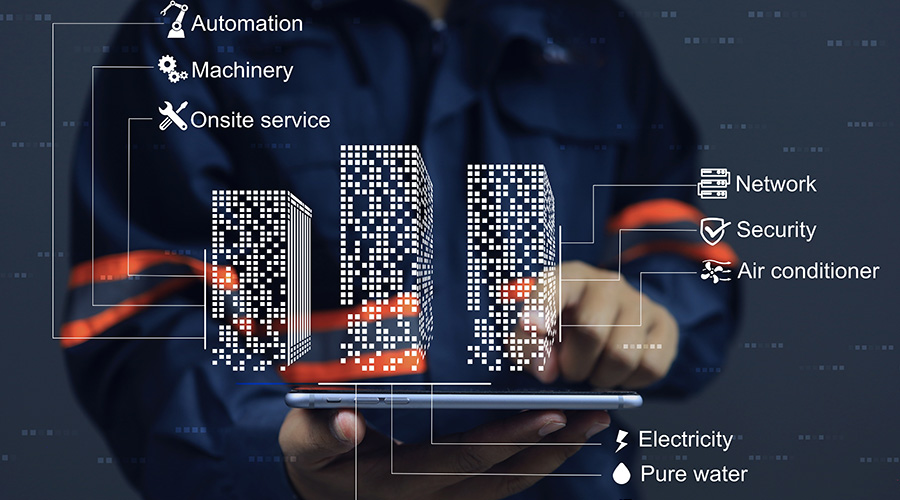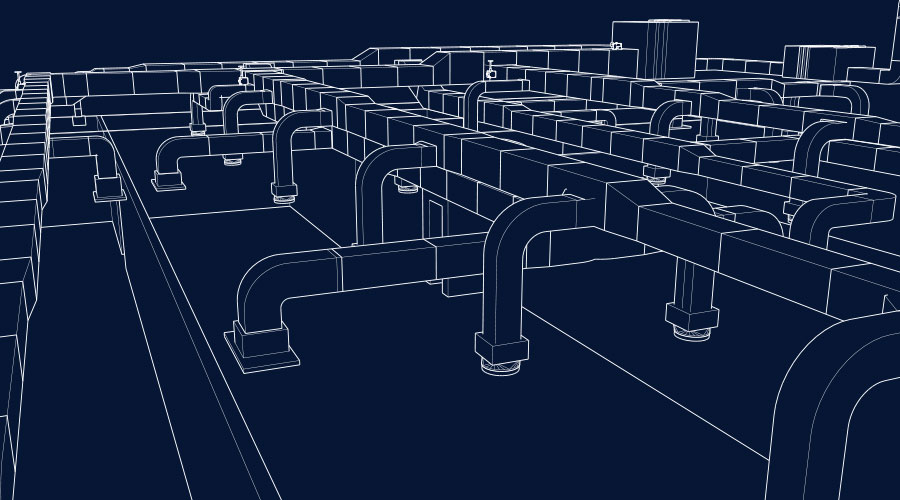CMMS, Saving and the Rise of Data
Like many areas of institutional and commercial facilities, maintenance and engineering departments are undergoing a sea change in operations. Managers are tapping into a growing stream of data on nearly all aspects of their departments’ activities that was unavailable even a decade ago, and they are analyzing it to make decisions designed to deliver cost savings and greater efficiency.
The challenge for many managers is fully understanding the data sources, collection methods, and viable conclusions they can draw from this relatively new resource.
“You can have a huge data set, and if you’re not intimate with that data, you can give erroneous results, which can really create disaster,” says Sue Van Cleve, manager of information services with the physical plant department at the University of New Mexico.
Software and hardware solutions
For many departments, the move into so-called big data is one result of advances in new-generation computerized maintenance management systems (CMMS), which collect, store, analyze and report data on operations related to key facility systems, including HVAC, electrical distribution, and plumbing.
“We did a major upgrade a year and a half ago,” Van Cleve says. “We went from a client-server setup, which is just a desktop version, to the web version. That enables our managers and our on-call folks to access the system from home and not wait until the next morning.” It also gives them access to more data, which can directly benefit the bottom line.
“Reporting on our maintenance expenditures through our CMMS helps us get funding from our state legislature,” she says. “If we cannot get accurate data and get it quickly, we’re really shooting ourselves in the foot.”
A new CMMS also helped the Greece (N.Y.) Central School District expand its data-management activities related to maintenance and engineering. And as with the University of New Mexico, one key focus is ensuring that the result is accurate data.
“With the implementation of our new CMMS, our data-collection strategies have been very focused on making sure that the data we collect is accurate and relevant,” says Brent Critchley, the district’s facility use coordinator and central stores supervisor. “Instead of reviewing our data at the end of the process, we review the data at different times throughout the process.
“For example, a work request is reviewed initially for accuracy and to verify that there is enough information for us to process the request. It is reviewed again when the technician marks that the work is done, and finally the work request is reviewed a third time at the administrative level to make sure that the proper codes were applied and that all of the necessary data has been captured. Then it is marked complete. By utilizing this process, we have found that we end up with a much more accurate picture of what truly happened in the course of processing a work request. This task can be one of the most time consuming and tedious that we perform, but it also is the most crucial and pays the highest dividend.”
Accompanying a CMMS upgrade for many departments is the incorporation of new — often mobile — technology that is designed to capture greater amounts of data on maintenance and engineering activities.
“Now we’ve got 80 iPad Minis in the hands of our technicians out in the field, so we are going paperless,” says Van Cleve, whose department handles 52,000 work orders annually. “With this mobile technology, technicians are able to receive work orders assigned just to them on their iPads. They pull up their work orders for the day, they choose a work order, and they start a timer. Then they put the iPad in their toolbox or wherever they want, they finish their work, and they turn off the timer.
“Their time is logged automatically and accurately. They can add their comments and any materials they’ve used on the job. That has really helped us to get more real-time, accurate information on what is really occurring out in the field.”
Related Topics:













